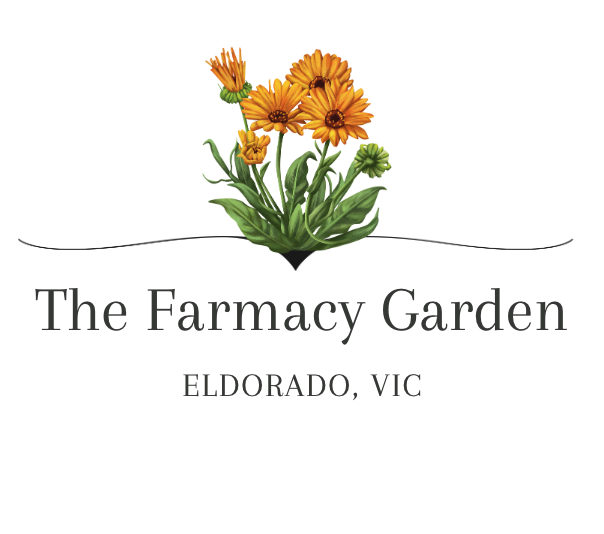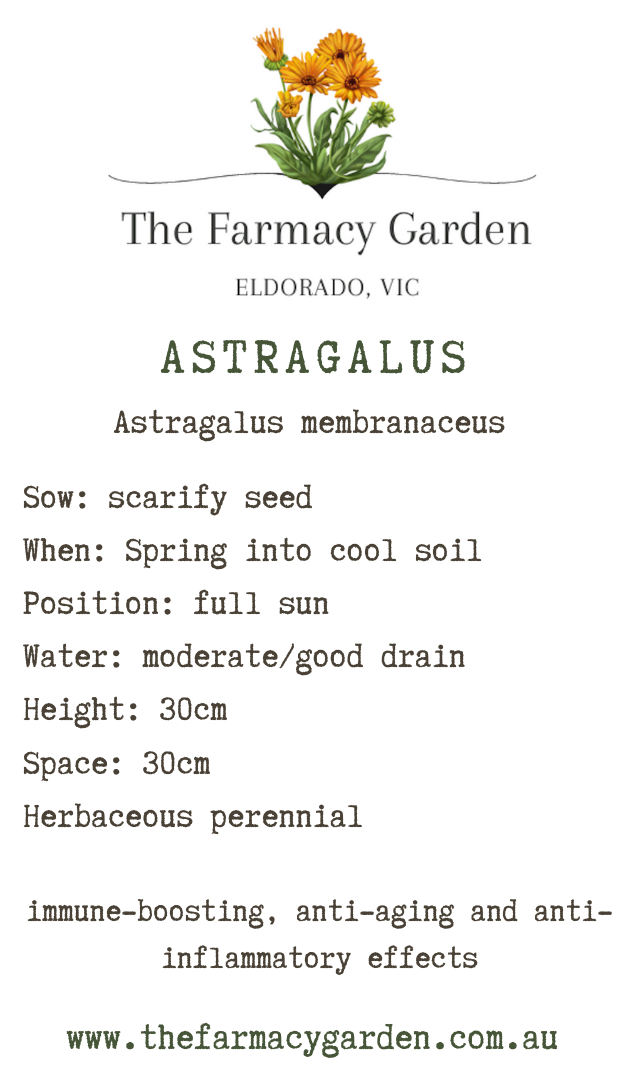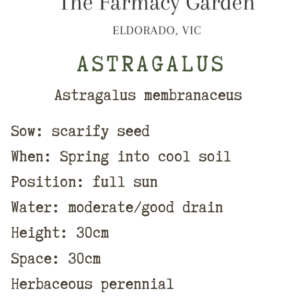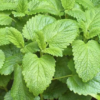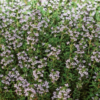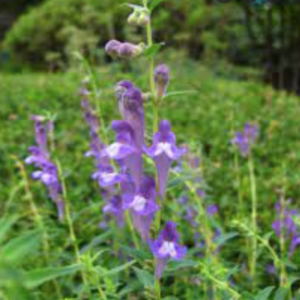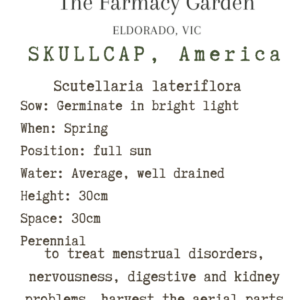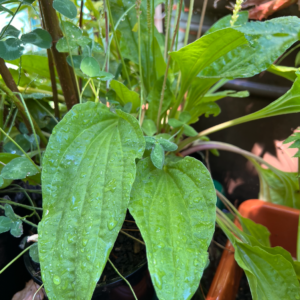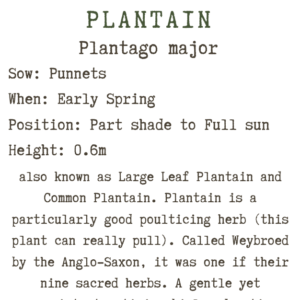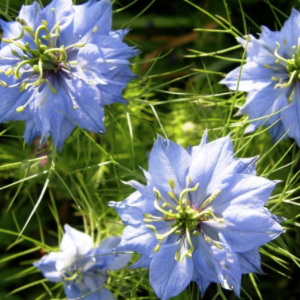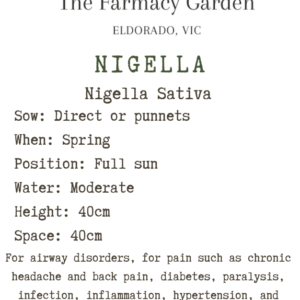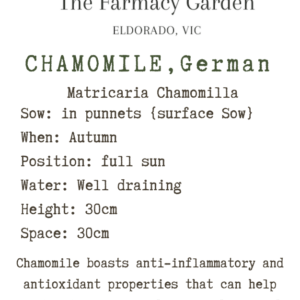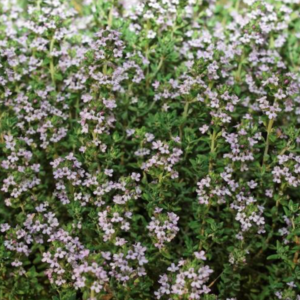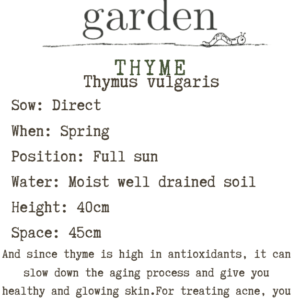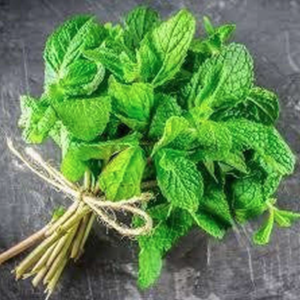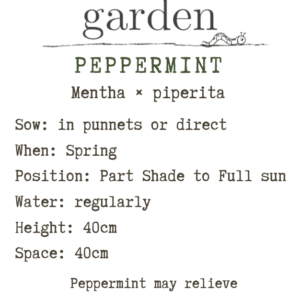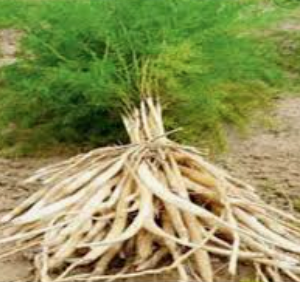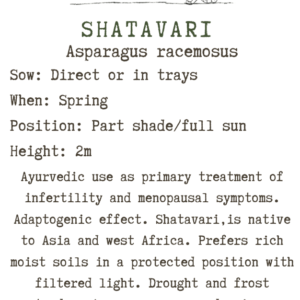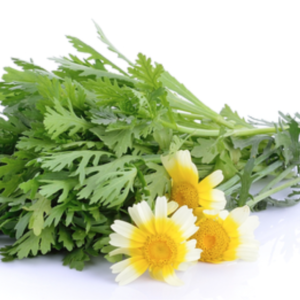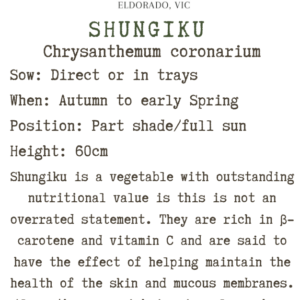Astragalus Seed, Astragalus membranaceus
$8.50
Astragalus is used to protect and support the immune system, preventing colds and upper respiratory infections, lowering blood pressure, treating diabetes, and protecting the liver. Astragalus has antibacterial and anti-inflammatory properties. People sometimes use it on the skin for wound care.
Astragalus is used to protect and support the immune system, preventing colds and upper respiratory infections, lowering blood pressure, treating diabetes, and protecting the liver. Astragalus has antibacterial and anti-inflammatory properties. People sometimes use it on the skin for wound care.
GROW: Astragalus seeds require a 21-day cold period of stratification to promote germination, followed by mild scarification with fine-grade sandpaper. You can begin your stratification in mid to late winter, then start your seeds indoors. This should allow adequate time for your young seedlings to become large and stable enough to transplant outdoors following the first frost in early spring. Before sowing seeds, soak in water for an hour to soften and tamp lightly in to the soil, or cover with a thin layer. Astragalus prefers partial shade to full sun, and a sandy, well-drained soil. Water moderately.
Astragalus is a herbaceous perennial that reaches a height of up to 4 feet, and will produce delicate yellow flowers from midsummer through late fall.
HARVEST: The roots are the medicinal part of Astragalus herb plants. While it can take anywhere from two to four years for the taproot to grow to a usable size, roots of any age can be harvested. Older roots are considered more potent.
Harvest Astragalus in the fall by first removing the foliage and stems. The Astragalus herb plants have no medicinal value and can be composted or discarded. Next, carefully dig around the base of the stem to expose the taproot. Continue digging and twisting until the majority of the root can be extracted from the ground.
USE: Its root is used for health care purposes. Commonly combined with other herbs, astragalus has been promoted as a dietary supplement for many conditions, including upper respiratory infections, allergic rhinitis (hay fever), asthma, chronic fatigue syndrome, and chronic kidney disease, among others.
Related products
Flower Seeds
Medicinal Herb Seeds
Flower Seeds
Medicinal Herb Seeds
Medicinal Herb Seeds
Flower Seeds
